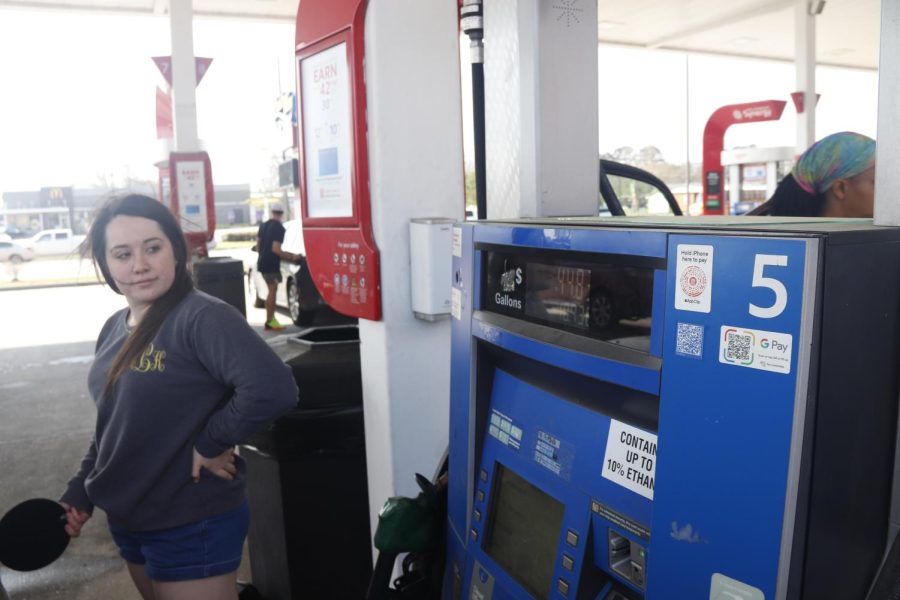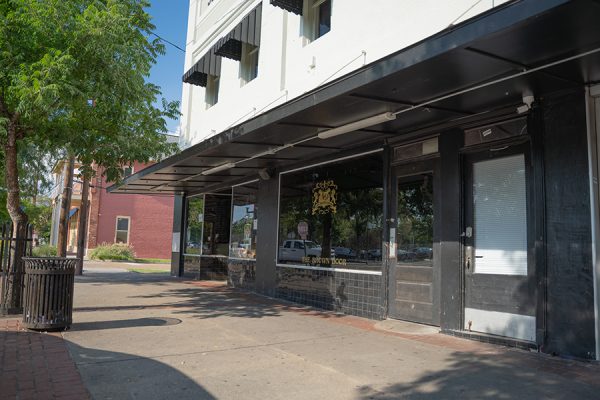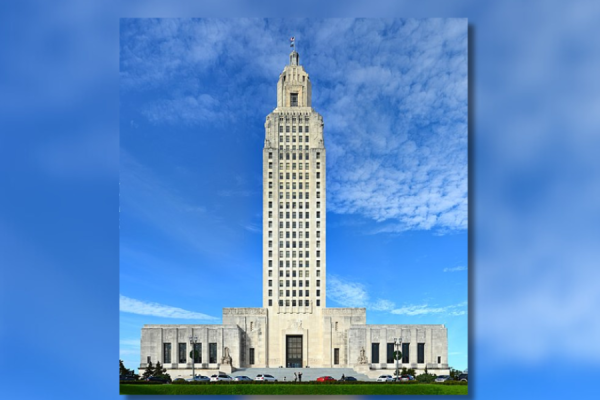Prices at the pump: An economic perspective on fuel
With gas prices on the rise, oil markets are directly affecting college students.
Many Americans have become concerned and agitated as the cost of gas has continued to increase over the past few weeks.
There are multiple reasons that gas prices have grown so much and all of them lie in crude oil.
Crude oil is the raw material that is later refined into different fuel types, including gasoline. The price of crude oil itself plays a major factor in gasoline prices. Other factors include the refining and distribution of this oil.
Various factors, including the Russo-Ukrainian war, government policies and normal supply-and-demand fluctuations have driven crude oil’s price up.
Due to these circumstances, the supply of crude oil has been decreasing globally. Since oil is a global commodity, events occurring outside of the U.S. significantly impact its price.
Associate professor of economics Jay Johnson said that the government’s climate change policies were limiting oil production in the United States and that the crisis in Ukraine contributed more to the decrease in crude oil supply.
“Russia produces about 10 million barrels a day, and now that’s in jeopardy because of economic sanctions. If they’re jeopardizing shipment of crude oil to the rest of the world, because this is a globally traded commodity, the supply of crude oil goes down even further and pushes prices higher,” Johnson said.
Predicting future prices can be difficult, but as the crisis in Ukraine continues increases in the price of crude oil can be expected before any decreases occur.
Johnson stated household savings rates are at a new high since the government put trillions of dollars into the economy during COVID. In addition to this, Americans are also driving more, which causes an increase in the demand for gas.
Economics professor Scott Burns said there are two explanations behind the rise of gas prices.
“The most obvious has been the past month with Russia invading Ukraine. Prices of gasoline have gone up about a full dollar since Russia invaded, but bear in mind that the price of gasoline had been going up before that. A lot of people blame the pandemic and say that it’s because we had reduced supply during the lockdowns, and now there was a huge increase in demand after the restrictions were lifted and supply couldn’t keep up with that,” Burns said.
Though not as large of a factor, gasoline also falls to the same rules of supply and demand. If supply is low, demand goes up and this increases the price. Ultimately, first the pandemic and then the Russo-Ukrainian war accelerated a decrease in supply.
Substantial and minor price changes alike, the price at the pump will continue to change drastically due to current events and long-term policies. As of March 21, gas is at a $4.052 average in Louisiana.
Your donation will support The Lion's Roar student journalists at Southeastern Louisiana University.
In addition, your contribution will allow us to cover our annual website hosting costs.
No gift is too small.

Cade Roland is a Finance major from Lafayette, LA. He joined the Lion's Roar in February of 2022. He graduated from Early College Academy in 2021. Outside...






